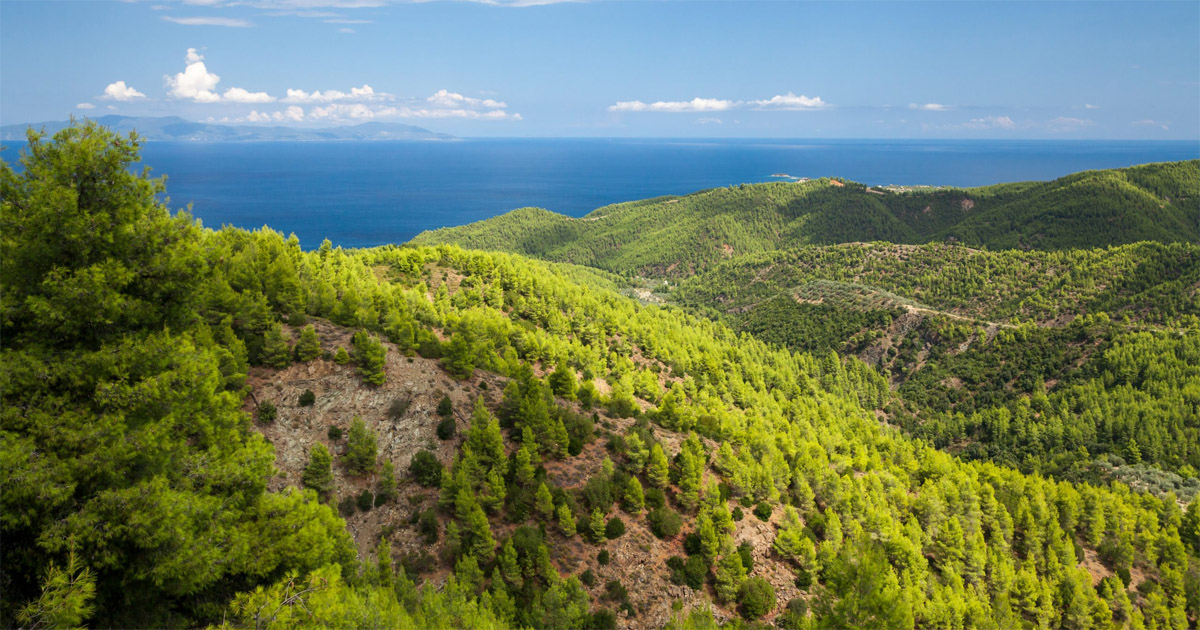Mangrove forest conservation can help reduce global C emissions. Despite this benefit to climate change mitigation and adaptation, mangrove forests are being deforested or degraded at an alarming rate, though restoration efforts may offset these losses. The impacts of deforestation to C stocks are relatively intuitive and result in significant decreases in C stocks. It remains unclear how degradation from selective harvesting of trees affects C stocks or how effective restoration efforts are at restoring C stocks. Furthermore, total ecosystem C (TEC) stocks of pristine mangroves can significantly vary spatially. To address these issues, we conducted an intensive, national assessment of mangrove forests across Cambodia using a grid approach to: 1) examine how land use land cover (i.e., pristine, deforested, degraded, and restored forests) impacts TEC stocks, and 2) how TEC stocks vary spatially across the country. TEC stocks from deforested mangroves were always lower than pristine forests, resulting in an overall loss of 60% C (480 Mg C ha−1). However, TEC stocks from degraded and 25-year-old restored mangroves forests did not differ from pristine forests. Mean TEC in mangroves was 784.7 ± 30.1 Mg C ha−1, decreasing from 957.2 ± 32.8 Mg C ha−1 in the northern region to 628.9 ± 33.1 Mg C ha−1 in the central region to 386.2 ± 19.1 Mg C ha−1 in the southern region of Cambodia. Intensive sampling in mangroves across Cambodia verified impacts of deforestation reported elsewhere, revealed the lack of degradation impacts on TEC stocks, and demonstrated the effectiveness of restoration on TEC stocks after only 25 years. Our gridded sampling approach was able to capture spatial variability across Cambodia and provide a more realistic TEC stock information that can be used for national reporting or participation in C markets.
DOI:
https://doi.org/10.1016/j.scitotenv.2019.135416
Altmetric score:
Dimensions Citation Count:























